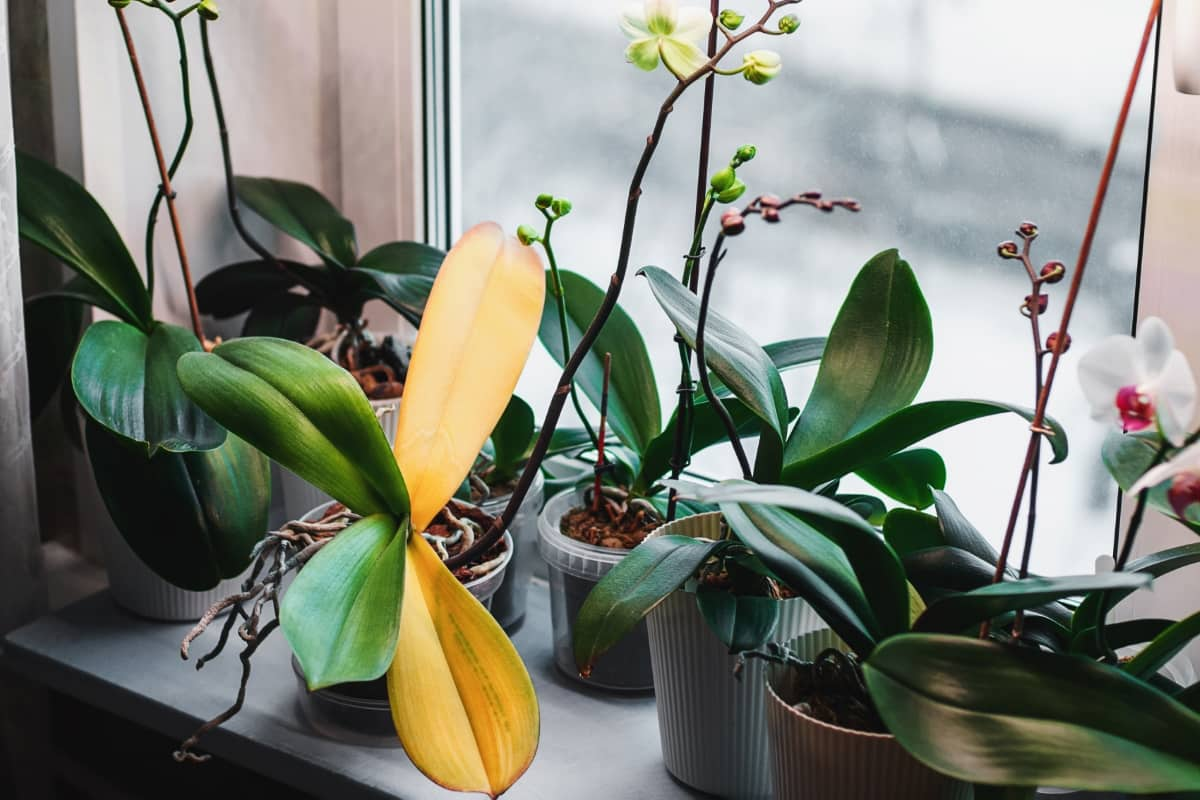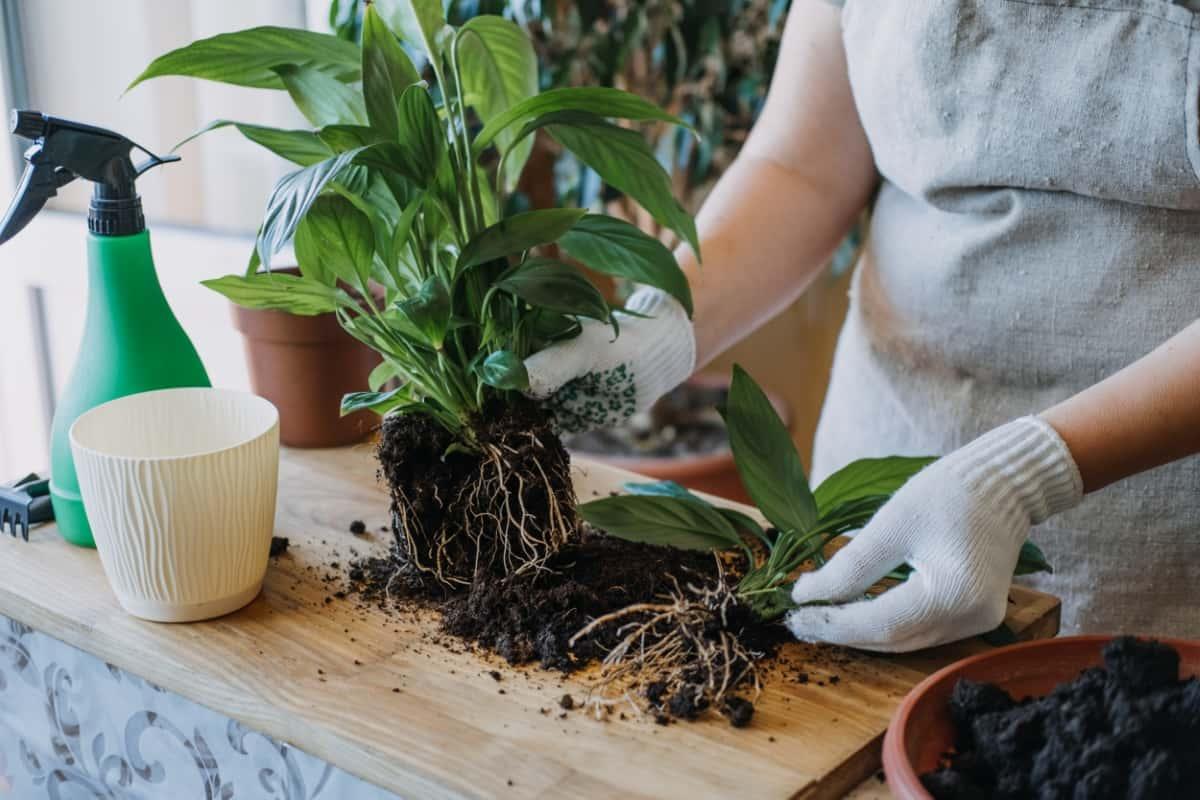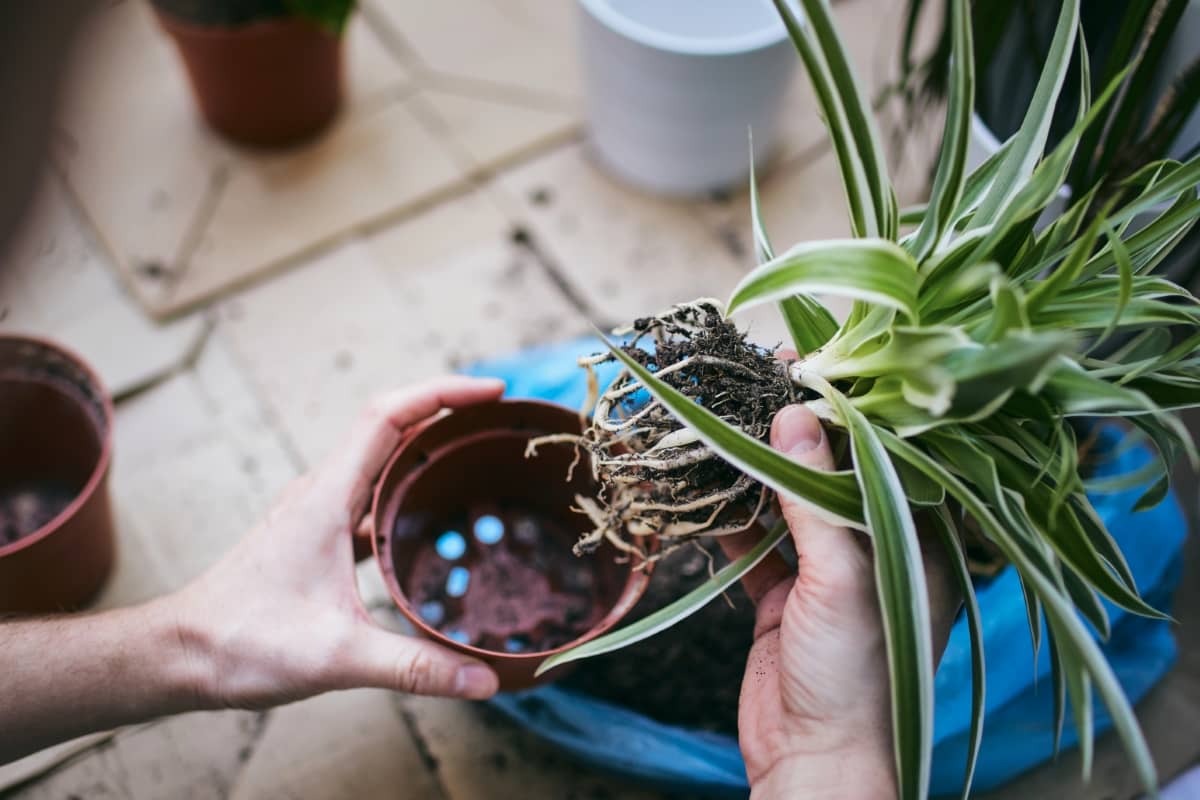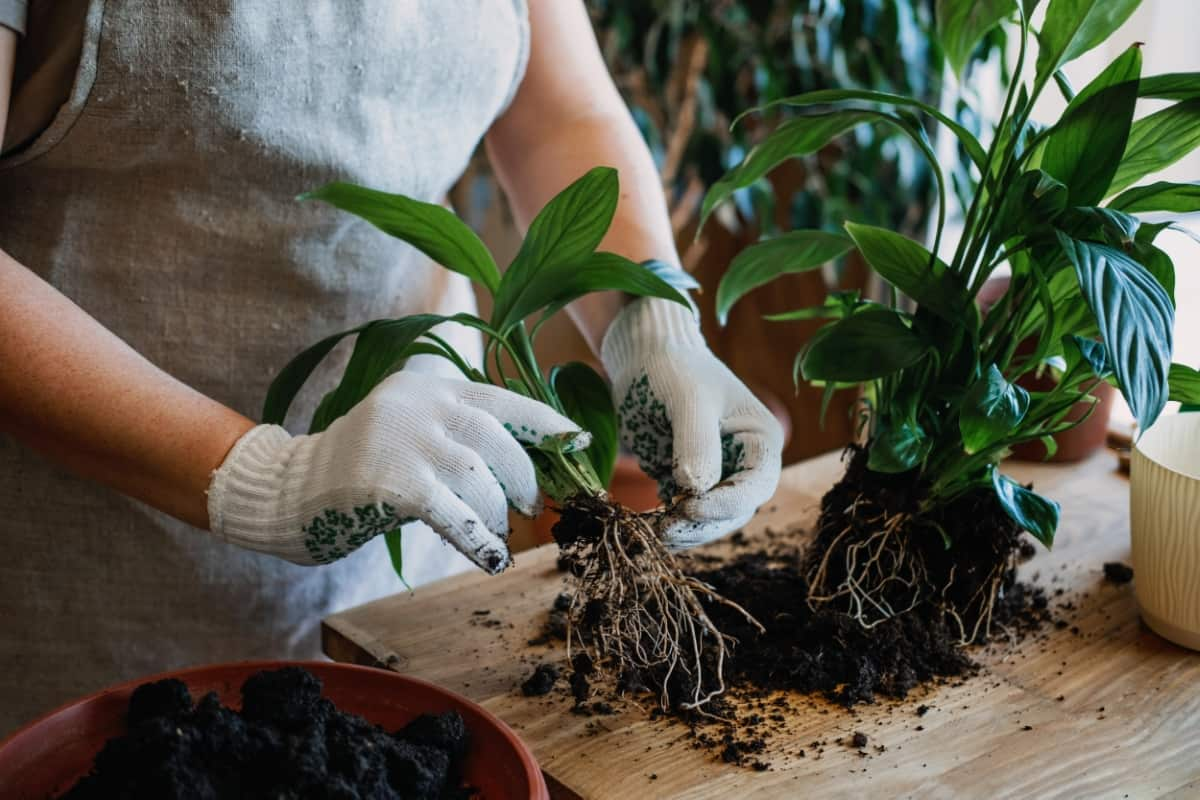Root rot may seem like a daunting issue, but with some simple yet effective natural remedies, you can save your precious indoor garden. Treating root rot naturally not only helps revive your plants but also promotes their overall health and longevity. Natural treatments promote beneficial microorganisms that support root growth and nutrient uptake, leading to stronger and more resilient plant life.

Identify Root Rot Symptoms
Keep an eye out for symptoms like yellowing or browning leaves, wilting despite regular watering, and a foul odor coming from the soil. These are all signs that root rot may be affecting your plant. Another indicator is mushy or dark-colored roots when you gently pull the plant out of its pot. Healthy roots should be firm and white, so any deviation from this could signal trouble.
If you suspect root rot, it’s crucial to act quickly to save your beloved plant before it’s too late. By identifying these symptoms early on, you can take the necessary steps to help your green friend thrive once again.
Remove the Plant and Inspect the Roots
The main step is to remove the affected plant from its pot carefully. Take a close look at the roots – healthy ones are firm and white, while rotted roots may appear mushy and discolored. Don’t hesitate to trim away any damaged or decaying roots using clean shears. Inspecting the roots thoroughly allows you to assess the damage extent and determine how much trimming is necessary for the plant’s recovery. Remember, a thorough examination now can save your plant from further decline later on.
Trim Damaged Roots
When dealing with root rot in your houseplants, trimming damaged roots is a crucial step to help the plant recover. Look for mushy, discolored roots that indicate they are affected by rot. Using sharp scissors or pruning shears, trim away any damaged or rotten parts of the roots. Make sure to cut above the affected areas to promote healthy regrowth.
In case you missed it: How to Manage Red Crown Rot in Soybean: Control and Prevention Strategies

It’s essential to sterilize your tools between cuts to prevent spreading any potential infections further into the root system. By trimming damaged roots effectively, you give your plant a better chance at thriving once again.
Sterilize the Remaining Roots
This step is important in preventing any leftover fungal spores from causing further damage to your plant. To sterilize the roots, you can use a natural antifungal solution like hydrogen peroxide mixed with water. Soak the roots in this solution for a few minutes to ensure that any lingering pathogens are eliminated. Another effective method is to dip the roots in cinnamon powder, known for its antifungal properties. Remember, sterilizing the remaining roots is an essential part of treating root rot naturally and promoting your plant’s recovery.
Prepare a New Pot and Soil
Select a clean pot that is slightly larger compared to the previous one to allow room for healthy root growth. Remember, the new container has drainage holes at the bottom side to prevent water from pooling at the bottom. Select a high-quality potting mix suitable for your specific type of plant.
Before repotting, gently shake off excess old soil from the roots and inspect them closely for any signs of damage or decay. Trim away any mushy or discolored roots with sterilized scissors to encourage new growth. Once you have prepared your new pot and fresh soil, carefully place the plant in its new home and fill in around it with the prepared soil mixture. Pat down lightly to secure the plant in place.
Repot the Plant
Repotting removes any remaining infected roots and provides a healthier environment for your plant to thrive. To repot the plant, carefully remove it from its current pot while being gentle with the roots. Inspect the root system for any signs of decay or damage caused by root rot. Carefully place your plant into its new home, making sure to position it at the same depth as before. Remember to monitor your plant’s progress closely after repotting as part of ongoing care and maintenance efforts.
In case you missed it: Blossom Fruit Rot in Bottle Gourd: 100% Effective Treatment and Control Solutions

Water Wisely
Overwatering is often the cause behind this common issue. To avoid this problem, water your plants only when necessary. Ensure that the soil is dry before giving your plant a drink. When you do water, make sure it’s thorough but not excessive. Allow water to drain out of the pot completely, and never let your plant sit in standing water. Remember, each plant has its own specific needs when it comes to watering frequency and amount – so pay attention to individual requirements for optimal care.
Improve Air Circulation
Adequate airflow helps prevent the excess moisture that can lead to root rot. To enhance air circulation, consider moving your plants to a location with better ventilation or using a fan on a low setting nearby. This can help dry out the soil and reduce humidity levels around the plant’s roots. Regularly opening windows or doors near your indoor garden can also promote better air circulation. Fresh air exchange helps maintain optimal conditions for reduces the risk of fungal infections like root rot.
Use Natural Antifungal Agents
These agents help combat the fungal growth that contributes to the development of root rot, allowing your plant to thrive once again. Natural antifungal agents like cinnamon powder, neem oil, hydrogen peroxide, and apple cider vinegar are great options to consider. They not only have antifungal properties but also aid in preventing further infections.
In case you missed it: Top 10 Homemade Remedies for Brown Rot Organic DIY Sprays for Treatment and Prevention

Cinnamon powder can be sprinkled on the soil surface or mixed with water for a gentle application. Neem oil is known for its ability to suppress fungal growth while being safe for plants. Using these natural antifungal agents alongside proper care practices can significantly improve your plant’s chances of recovery from root rot.
Monitor Plant Recovery and Care
After treating root rot in your houseplants, it is crucial to monitor their recovery and provide ongoing care to ensure they thrive again. Keep a close eye on the plant’s leaves for any signs of improvement. If new growth appears healthy and vibrant, it is a good indication that your intervention was successful.
Continue to maintain proper watering practices to prevent the recurrence of root rot. Consider repotting your plant, if necessary, especially if you suspect that the current potting mix retains too much moisture. By following these natural treatment methods and maintaining good plant care practices, you can effectively treat root rot in your houseplants and promote their overall health and vitality.
- Types of Fungicides Used in Agriculture
- Common Issues in the Fruit Development Stage of Pomegranate Farming
- Fruit Development Issues in Papaya: Easy Solutions and Treatment
- Soil-Borne Diseases and How to Protect Your Plants
- Practices to Prevent Disease Spread in the Garden
- From Wilted to Thriving: How to Treat Root Rot Naturally in Houseplants
- Natural Remedies to Cure Brown Spots on Fig Tree Leaves
- Natural Solutions for Poinsettia Problems: 100% Effective Remedies
- How to Control Calla Lily Problems: Natural Remedies for Leaf and Flower Problems